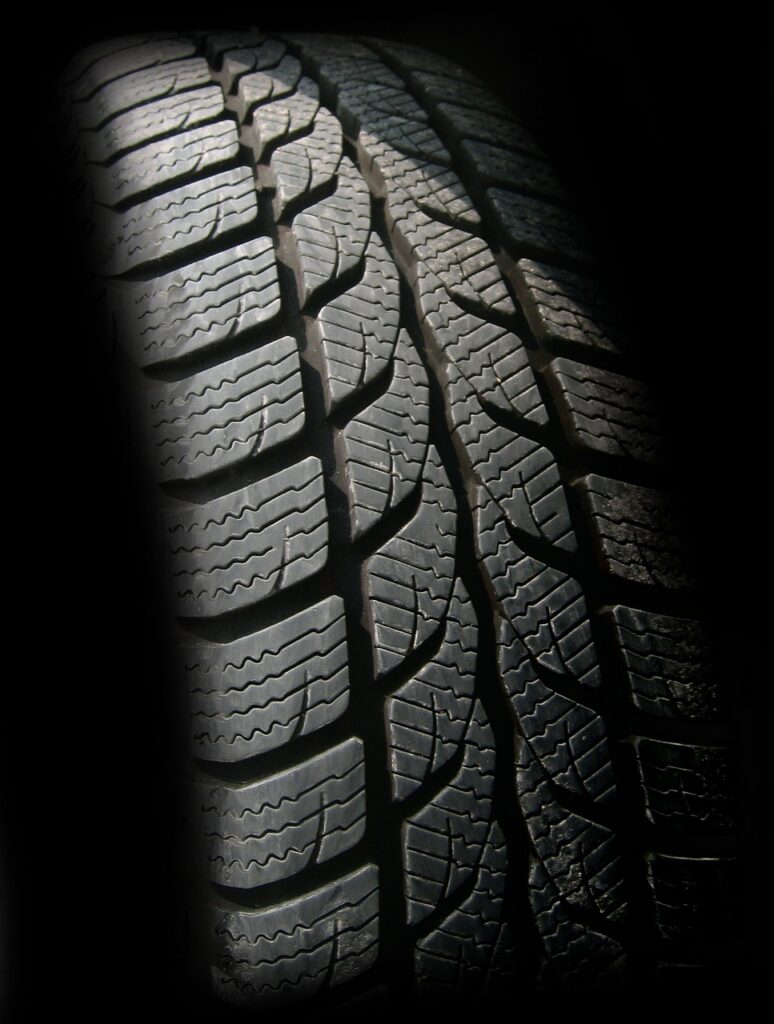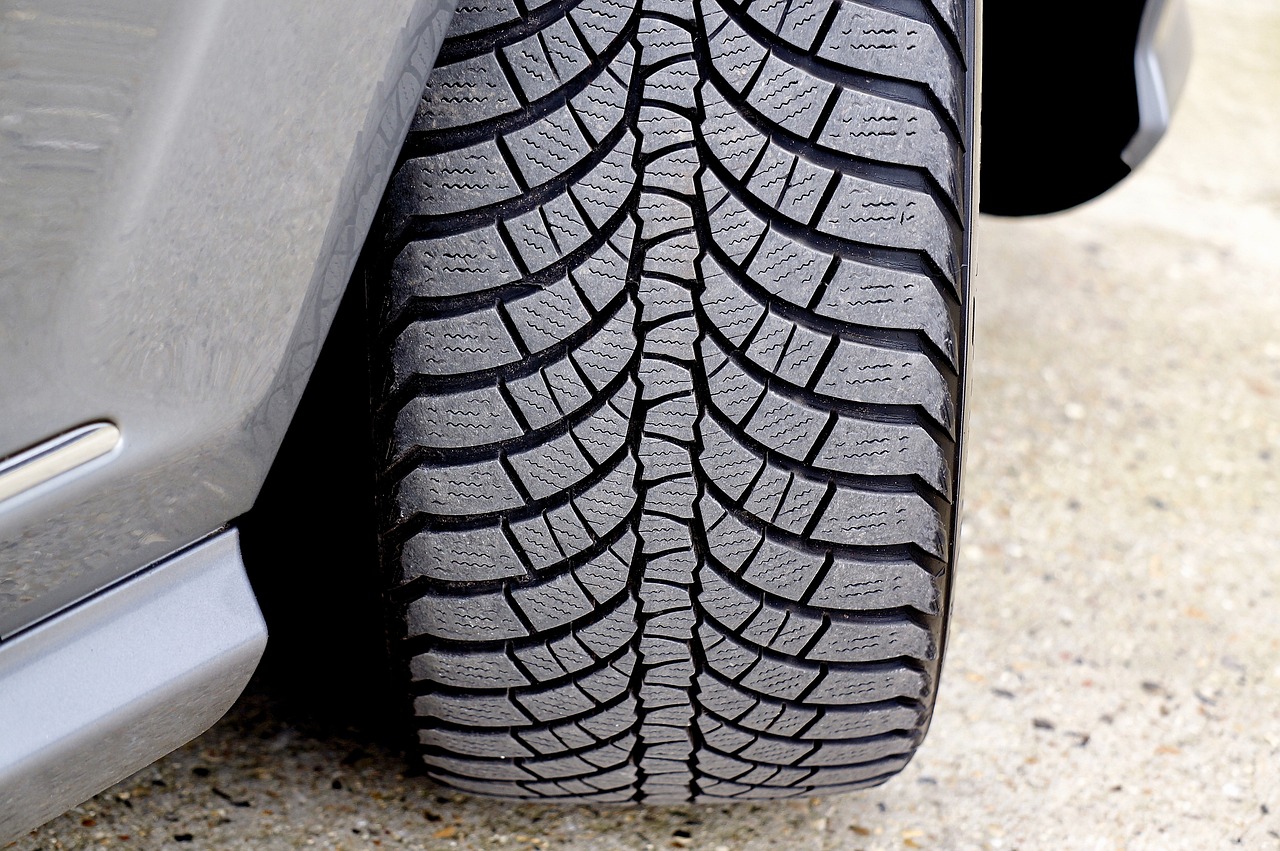It is very difficult task to choose the right tires for your car is crucial for safety, fuel efficiency, and overall driving comfort.
Whether you’re looking for all-season tires, winter tires, or performance tires, making an informed decision can significantly impact your vehicle’s performance and handling. In this guide, we’ll walk you through everything you need to know about selecting the best tires for your car.

Table of Contents
Why Choosing the Right Tires Matters
Tires are the only part of your vehicle that makes contact with the road, which means they play a vital role in braking, handling, and traction. The right tires can improve your car’s fuel efficiency, ensure better grip in various weather conditions, and even enhance your vehicle’s lifespan. On the other hand, choosing the wrong type of tire can lead to poor handling, increased fuel consumption, and unsafe driving conditions.
Types of Car Tires: What You Need to Know
Before selecting tires, it’s important to understand the different types available on the market. Here’s a quick breakdown:
1. All-Season Tires
- Ideal for: Mild climates and year-round use
- Benefits: All-season tires offer a balance of performance, comfort, and longevity. They are designed to perform in a variety of weather conditions, including light snow, rain, and dry roads.
- Drawback: They may not provide the same level of performance in extreme weather as specialized tires like winter or summer tires.

2. Winter Tires
- Ideal for: Areas with harsh winters and frequent snow or ice.
- Benefits: Winter tires are made of a softer rubber compound that stays flexible in cold temperatures, providing better traction on snow and ice-covered roads.
- Drawback: They wear out quickly on dry roads and should be switched out when temperatures warm up.
3. Summer Tires
- Ideal for: High-performance vehicles and warm weather conditions.
- Benefits: Summer tires provide excellent grip and handling on dry and wet roads, making them ideal for sporty driving.
4. All-Terrain Tires
- Ideal for: Off-road enthusiasts and SUVs.
- Benefits: All-terrain tires have deeper treads and are designed to handle rough terrain, mud, and gravel while still performing decently on paved roads.
- Drawback: They can be noisier and less fuel-efficient than highway or all-season tires.
Factors to Consider When Choosing Tires
Selecting the right tires involves more than just choosing the right type. Here are several factors to consider:
1. Tire Size
- Check Your Vehicle’s Manual: Every car has a specific tire size recommended by the manufacturer. This information can be found in your vehicle’s manual, on the driver’s side doorjamb, or on the sidewall of your current tires.
- Tire Size Code: The tire size is usually written in a code like P215/65R15. This code indicates the width, aspect ratio, and diameter of the tire, which are crucial for ensuring compatibility with your vehicle.

2. Weather Conditions
- Local Climate Matters: If you live in a region with varying seasons, you may need to switch between summer and winter tires. However, for milder climates, all-season tires might be the best choice.
- Wet or Dry Roads: Consider the type of roads you drive on most frequently. If you often drive on wet roads, look for tires with good wet traction ratings.
3. Driving Style
- Performance vs. Comfort: For those who enjoy sporty driving and sharp cornering, high-performance tires may be the best fit. However, if you prioritize a smooth, quiet ride, touring tires or comfort-oriented tires would be more suitable.
- Highway vs. Off-Road: If your driving is mostly on highways, look for highway terrain tires. Conversely, if you often drive off-road, all-terrain or mud-terrain tires are ideal.
How to Read Tire Labels: Key Information
Tire labels contain important information that can help you choose the right product for your needs. Here’s what you should look out for:
1. Treadwear Rating
- What It Means: Treadwear ratings indicate the expected lifespan of the tire tread. A higher number means longer-lasting tires.
- Example: A tire with a treadwear rating of 600 is expected to last twice as long as one with a rating of 300.
2. Traction Rating
- What It Means: This rating measures the tire’s ability to stop on wet surfaces. Ratings range from AA (best) to C.
- Importance: If you frequently drive in rainy conditions, a higher traction rating can ensure safer braking.
3. Temperature Rating
- What It Means: This measures a tire’s ability to dissipate heat. Ratings range from A (best) to C.
- Importance: A higher temperature rating is ideal if you live in a hot climate or drive at high speeds.
Choose the right tires
Top Tips for Choosing the Best Tires
1. Set a Budget
- Know Your Price Range: Tires vary widely in price depending on brand, type, and features. Set a budget and consider what you’re willing to spend.
- Value vs. Cost: While premium tires often provide better performance and durability, budget-friendly options can still be suitable for everyday driving.

2. Read Customer Reviews
- Research Online: Reviews from other drivers can provide valuable insights into a tire’s real-world performance, especially when it comes to handling, noise levels, and tread life.
- Look for Expert Ratings: Many websites publish expert reviews and test results, which can help you compare options.
3. Consult with a Professional
- Talk to a Mechanic: A qualified mechanic or tire specialist can recommend the best options for your specific vehicle model, driving habits, and local climate.
- Visit Tire Shops: Local tire shops can offer advice, show you different options, and even provide installation services.
Common Mistakes to Avoid When Choosing Tires
1. Ignoring the Load Index
- Why It Matters: The load index indicates how much weight a tire can safely carry. Choosing a tire with a load index that is too low for your vehicle can lead to tire failure.
- How to Find It: The load index is listed on the sidewall of the tire and in your vehicle’s manual.
2. Overlooking Tread Patterns
- Directional vs. Asymmetrical: Directional tread patterns are designed for better water dispersion, making them ideal for wet conditions. Asymmetrical patterns provide better handling and grip.
- Choose Based on Driving Needs: Consider the road conditions you frequently drive in and select a tread pattern that matches those conditions.
3. Mismatched Tires
- Stick to the Same Type: Mixing different types or brands of tires can lead to uneven wear and poor handling.
Replace in Pairs: If you can’t replace all four tires at once, always replace tires in pairs (front or rear) to ensure better balance and stability.
Conclusion: Find the Right Tires for Optimal Performance
Choosing the right tires is essential for safe, efficient, and enjoyable driving. By understanding the different types of tires, considering factors like weather and driving style, and reading tire labels carefully, you can make an informed decision that suits your vehicle and driving needs. Take the time to research and consult with professionals, and you’ll find the perfect set of tires that keep you safe on the road for miles to come.
